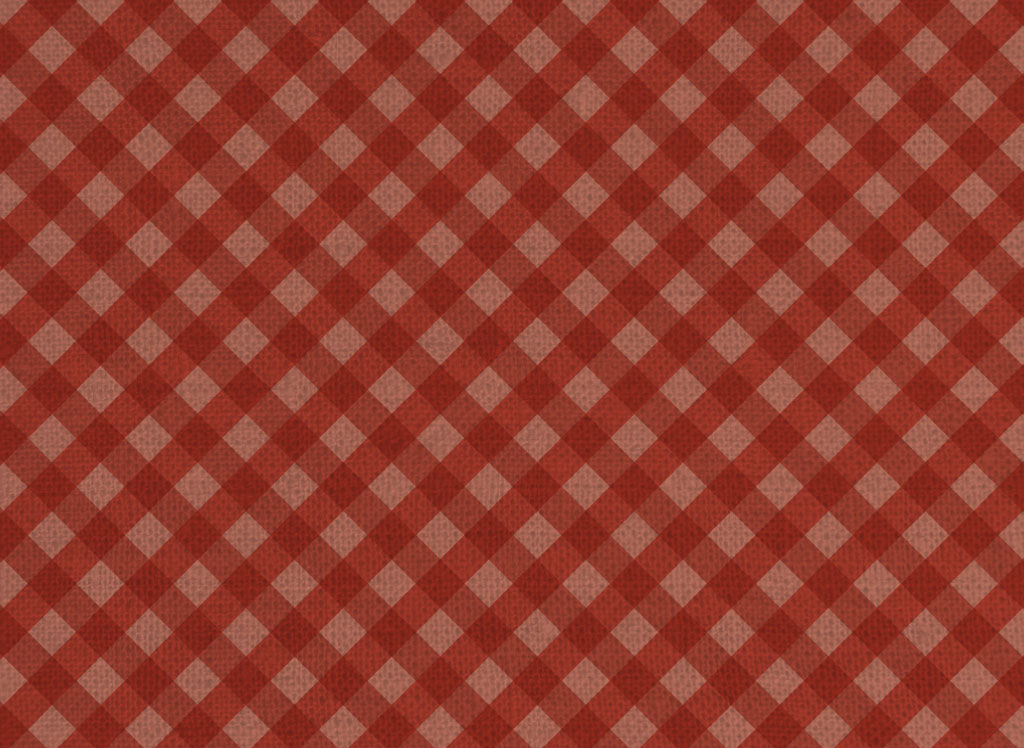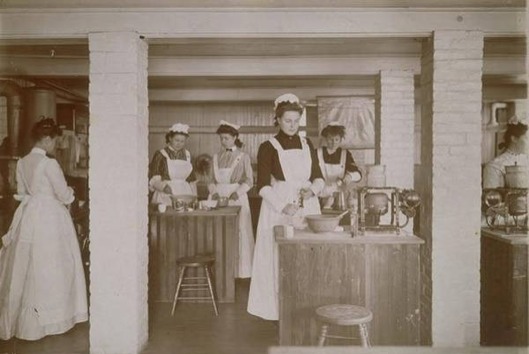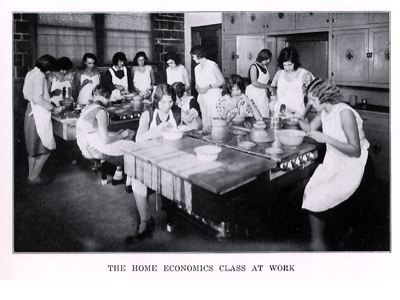Sign up for FlowVella
Sign up with FacebookAlready have an account? Sign in now
By registering you are agreeing to our
Terms of Service
Loading Flow



Then there were the domestic science courses: Bookkeeping, Sewing and Dressmaking, the wonderfully titled Chemistry of Cleaning, Bacteriology, and, of course, Cooking.
Home Economics


By the 1920s, the national home economics movement had adopted a more scientific approach to the field, supported by legislation such as the Smith-Lever Act (1914) and state aid to teach home economics, to study food, vitamins, and diet, and to survey and examine health and hygiene among the rural and urban poor. Though many Americans would consider home economics old fashioned, historians agree that the home economics movement provided the means through which women entered higher education.
